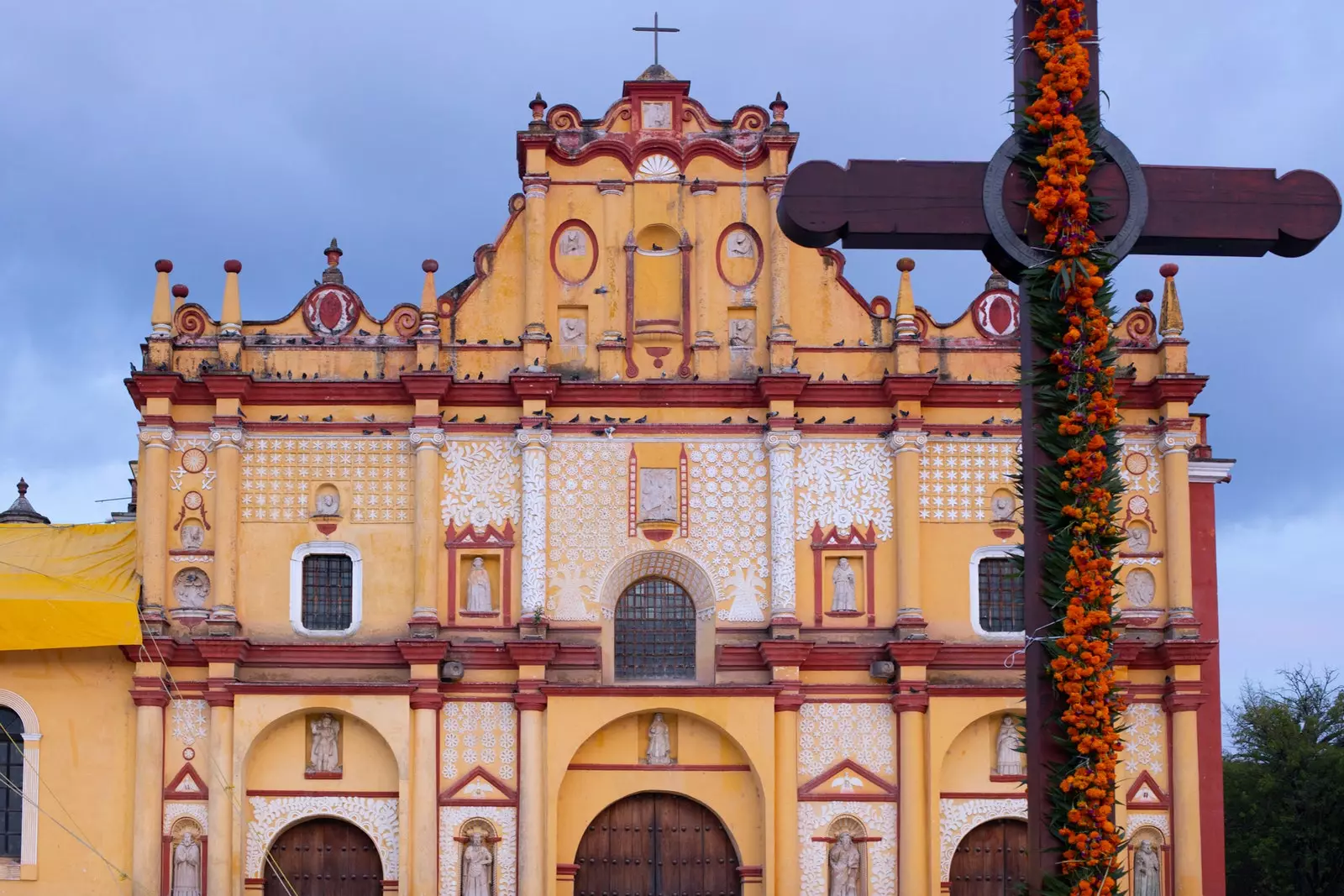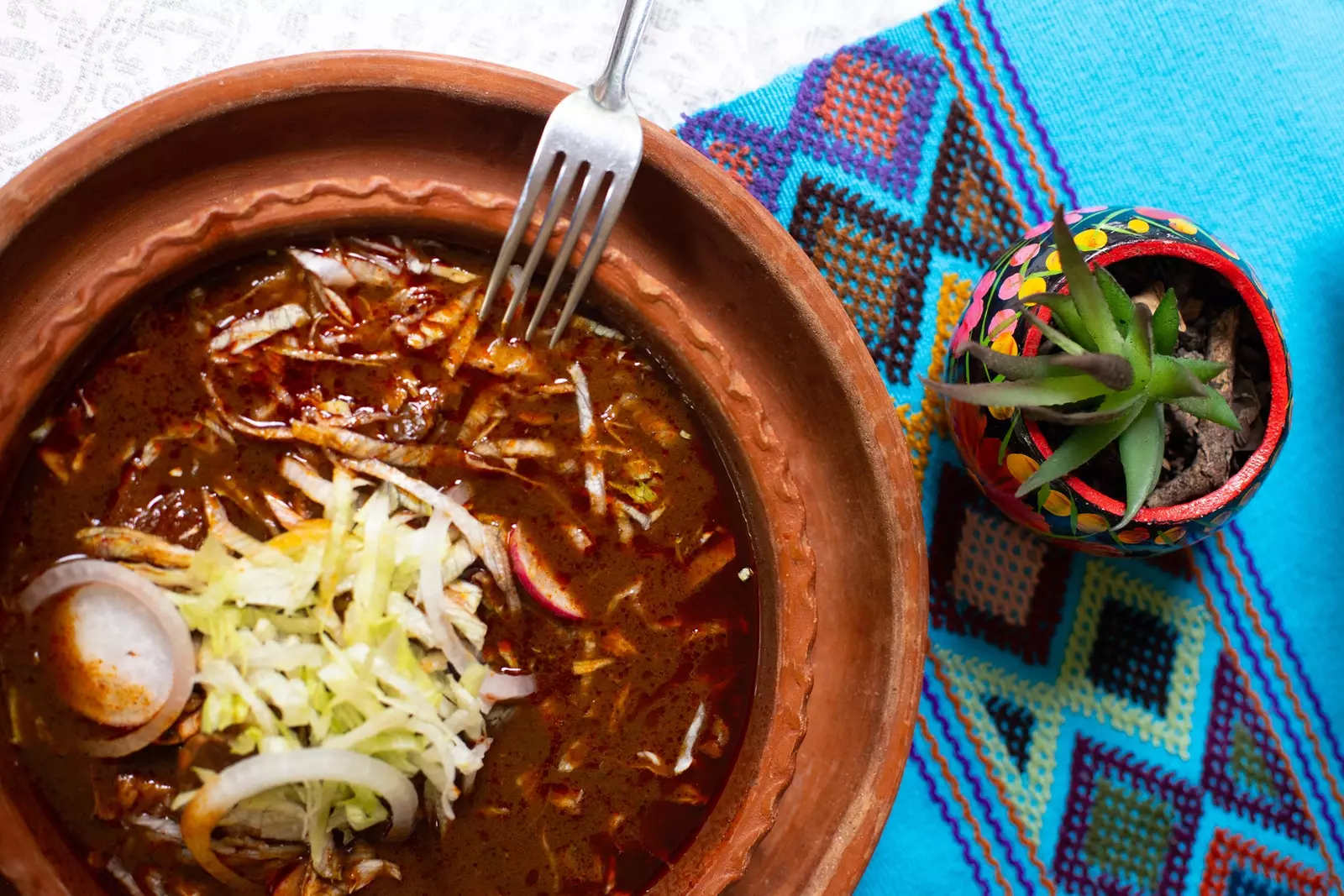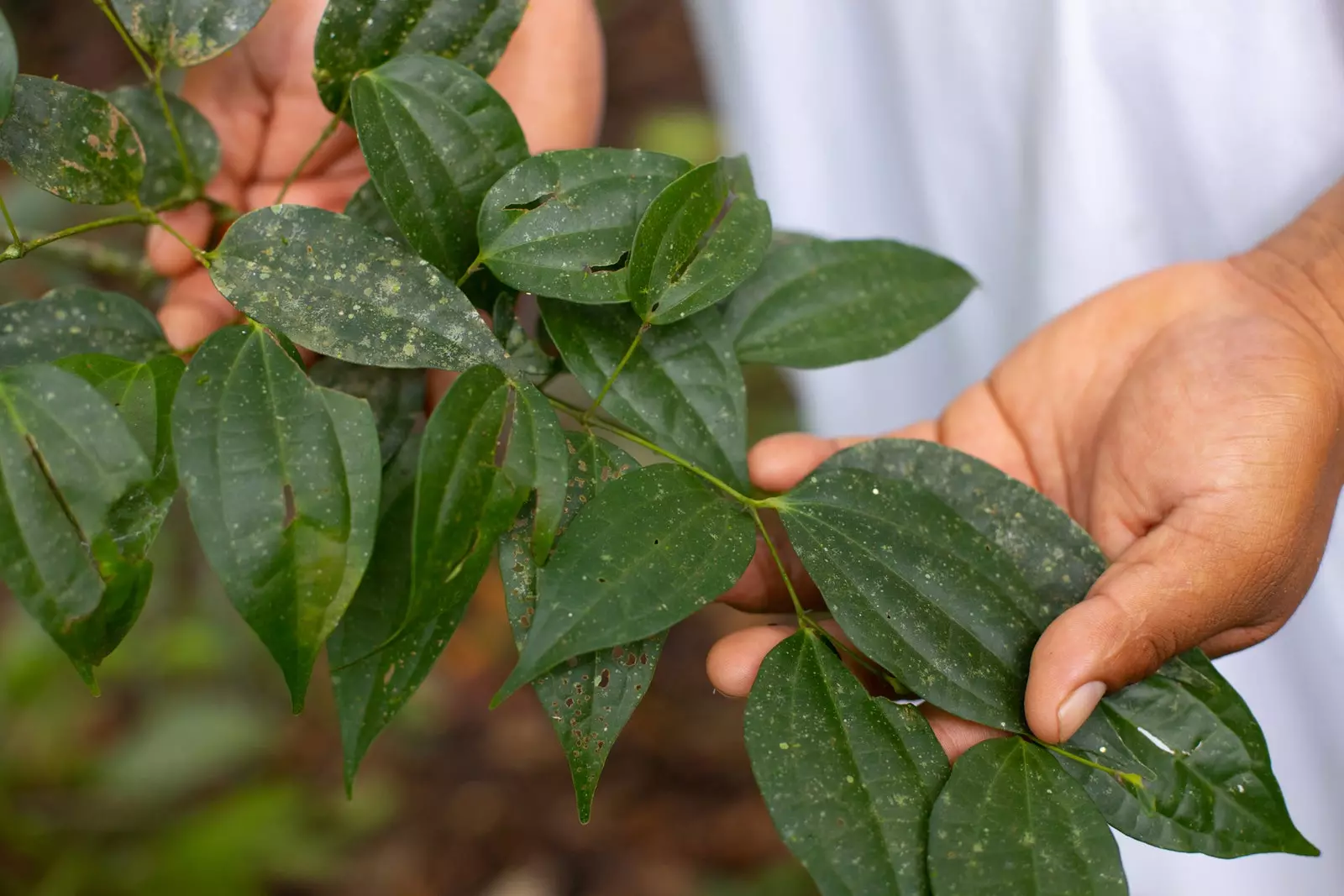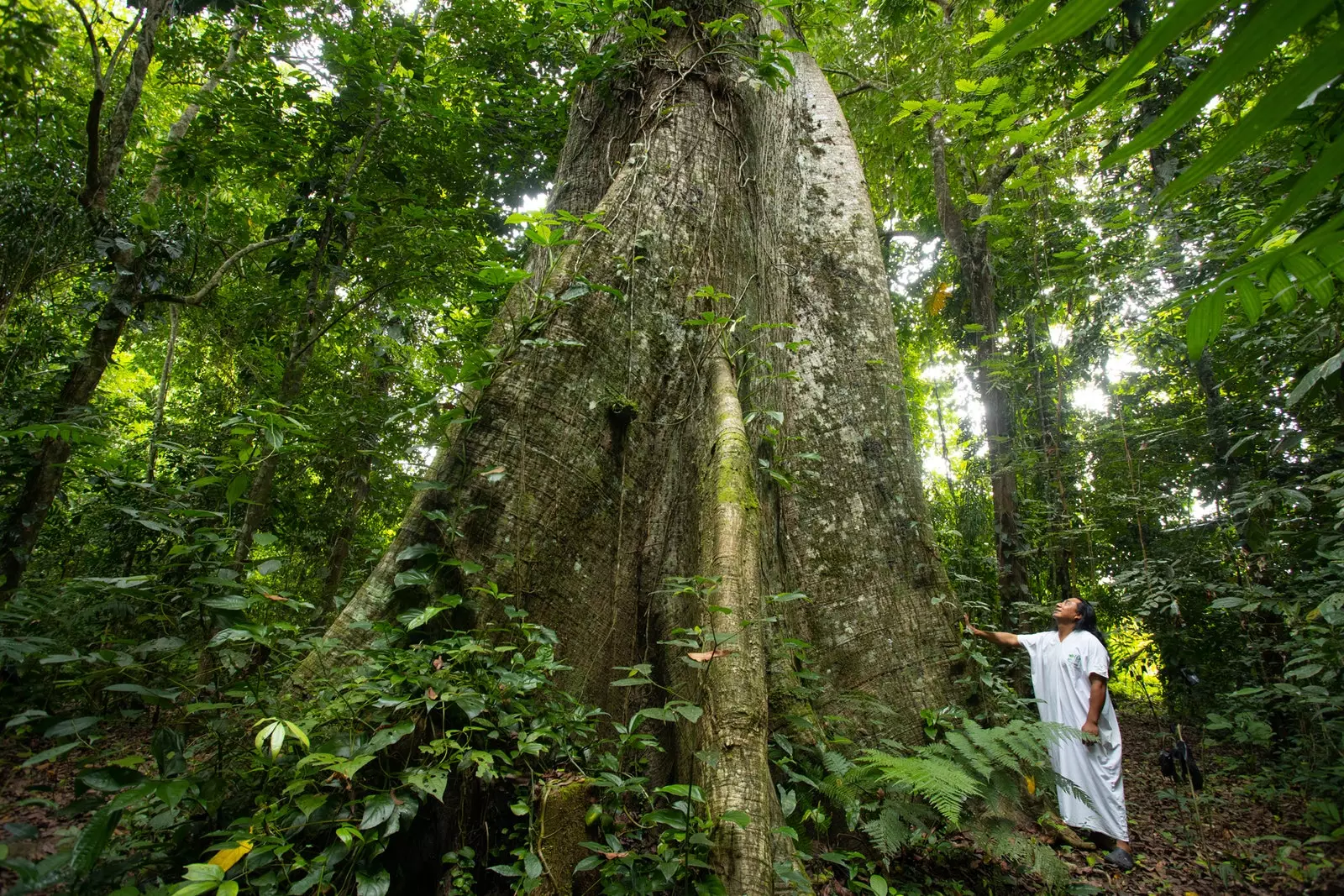Not much is known in Spain yet, but in Latin America the so-called regenerative tourism is a booming model that is expanding strongly in countries like Chili, Peru either Colombia and that now also just starts in Chiapas, Mexico.
In these places —where human beings are deeply rooted in nature, an ancestral worldview and original nations— the need for tourism not only helps preserve this wealth (what would come to be sustainable tourism), but rather that it contributes to improving it.

San Cristóbal de las Casas.
THE OBJECTIVE: TO IMPROVE THE PLACE WE VISIT
I have come until San Cristóbal de las Casas , a beautiful colonial city that still preserves its Castilian appearance today, to see Nani Angulo, co-founder of Green Pepper Travel together with her partner Juan Andrés Pozueta. Nani has been specializing in regenerative tourism for years, evaluating projects, analyzing them and training in regeneration to apply it to tourism.
This Spanish woman living in Mallorca —who is in Chiapas learning about some of the tourism projects carried out by local communities— enlightens me on the subject: " Regeneration has been around for more than 3.5 billion years , the planet has been regulating and regenerating only because it has its own methods to create life. The idea of regeneration is that travelers leave a positive impact on the places they visit . It is no longer worth leaving and leaving things as we found them —as happens with sustainable tourism— but we can leave them even better. From my point of view, this is the only way not to distort the essence of each place and to conserve the nature of which we are a part", says Angulo.
"To contribute to this, it is very important to bet on models that have taken into account the conservation of the identity of the territory, its communities and the environment. And where, for example, the carrying capacity that the destination can take has been adjusted . It is about not what is happening in other places like Mallorca, where I live, which has major conflicts, not only environmental, but also with a local population that is displaced and with a model that survives rather than living off tourism" , sentences this designer of experiences.

Traditional stew of the Lacandona Jungle.
EACH TOWN OFFERS WHAT IT HAS
Another key to regenerative tourism is that each population offers what it has: its culture, its gastronomy, its authenticity, since creating globalized artificial products to suit the tourist ends up destroying the cultural identity of the people.
To better understand the concept of this type of trip that generates positive impacts, I travel with Nani to the Lacandon jungle , already on the border with Guatemala, where the indigenous community of the Lacandones have long been managing a sustainable, authentic, small-scale model that, in short, fits perfectly into the definition of regenerative tourism.

Selva Lacandona, its botanical medicine.
Almost 100% of the Lacandones —an ethnic group of which barely 1,400 individuals remain— are directly or indirectly dedicated to tourism without being forced to abandon their traditional way of life. There we visited the Top Che eco-lodge, a small camp in the jungle managed by the family. Chankin Chanuk.
Its architects are Don Enrique and his son Kayom, who tell me how they raised this model from scratch: "Our maxim —learned from our ancestors— is to preserve the jungle above all things , because for our people when a tree is cut down, a star falls from the sky", says Don Enrique. " We Lacandones were nomads until the 1980s and then we settled here. We build these cabins with our own hands to welcome visitors and even today we maintain the traditional agricultural system of our Mayan ancestors , the milpa (the triple crop of corn, beans and squash), to feed our visitors".
From what I check, everything in this place is organic, conservationist and is based on the circular economy. "My mother Lola makes the handicrafts that we sell here, my father is in charge of the cabins and I, together with my brothers, combine work in the fields with guided excursions through the jungle," says Kayom.

The Lacandones have been practicing regenerative tourism for thousands of years.
Top Che directly employs 15 people from the community, in addition to indirectly employing many other neighbors. It is an honest model, that does not sell anything that it does not have, based on the culture and the way of understanding the world of these people. They offer local and traditional cuisine (such as pozol, the ancient Mayan drink); They accompany tourists to see the Mayan ruins —such as Bonampak or Ciudad Perdida— located in their territories—, and they teach foreigners the utilities of the plants of this jungle that is their medicine cabinet , his pantry and his sanctuary.
In the end, betting on these regenerative tourism models is a win-win: ends up being positive for everyone . First for the local communities (whether in the jungle of Chiapas or in rural areas of our own country), because tourism acts as an engine of positive change that will allow them to continue living in their territory and developing a model that does not radically break with their culture, with their landscape and with coexistence.
And second, it is good for the tourist himself , who will live an authentic, honest and uncrowded experience. After all, isn't that what we all look for when we travel?
